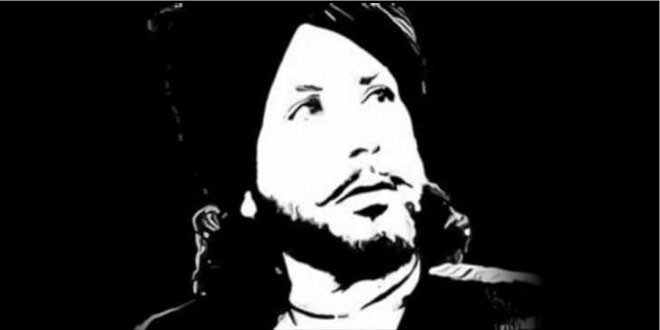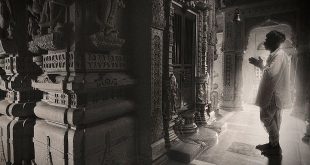Dulla Bhatti was a famous legendary Rajput hero of Punjab, who led a rebellion against the famous Mughal king Akbar. There is a kind of epic in Punjabi language called Dulle di var, which narrates the battle events of Dulla Bhatti. Still there is a famous region in Punjab (now in Pakistan), called Dulle Di Bar means the forest of Dulla Bhatti. This legendary Punjabi hero is buried at Miani Sahib Qabristan (Graveyard) in Lahore, Punjab, Pakistan. There is a town Dullewala (Bhakkar District, Punjab – Pakistan) in the name of legendary Dulla Bhatti where he had a stay with his allies.
Dulla Bhatti and his relation with Lohri Festival:
Dulla Bhatti was born in a Punjabi family to mother Ladhi and father Farid Khan in the area of Sandal Baar, near Faisalabad now in Pakistan (Sandal Bar is also related to the legend of Mirza Sahiba). He belonged to the warrior like Rajput clan of Bhattis. He following in the footsteps of his father and grandfather, waged a guerrilla warfare against the Mughal Empire. He refused to accept the legitimacy of Mughal King Akbar and refused to pay any tax. Such was the level of resistance put up by the rebels that Akbar had to shift his Imperial Capital to Lahore for nearly 20 years. When Akbar came to Lahore, he ordered the execution of the rebels. Legend has it that to instill fear into the hearts of the common man, Akbar got their skins stuffed with wheat hay (toori) and hung the dead-bodies on the main door.
Dulla wasn’t even born yet. For some reason, huirre was never told of the cause of his father’s and grandfather’s death until he was a young man. One theory has it that Dulla was born at the same time as Akbar’s son Salim (who would later become Emperor Jahangir); but Salim was a weakling and on doctors’ suggestions Akbar brought in Ladhi (Dulla’s mother and a strong Rajput woman) to his palace in Delhi and made her to breast feed Salim. So both Dulla and Salim were practically brought up by Ladhi. As adolescents, these two had a good friendship. Dulla and his mother went back to their homeland.
The story of Dulla has been poetically treated by many, and has been written in style known as Saddaan (similar to Mirza by Peelu and Bhagwan Singh). The above incident is thus narrated:
Tera saandal dada maareya, ditta bhore vich paa, Mughlaan puthhiyaan khallaan laah ke bhariyaan naal hawaa.
In the Chardah (East) Punjab – now India – during the Lohri bonfires that mark the end of the deep winter and the start of spring (Capricorn Constellation – Makar appears over the horizon) all the Sikh and Hindu families mark Dulla Bhatti’s social and humanitarian contribution made to rescue and then reintegrate the abducted children and girls from the Mughal forces. The Lohri Song is sung upon the birth of a baby boy – for the agricultural community this marks continuation of the family land occupation.
The version of Lohri Song that best describes this contribution of Bhatti and the immense respect with which this rebel is held in the eyes of all Punjabi is:
 Kids Portal For Parents India Kids Network
Kids Portal For Parents India Kids Network








Can you tell me that which general of Akbar caught Dulla Bhatti and where?